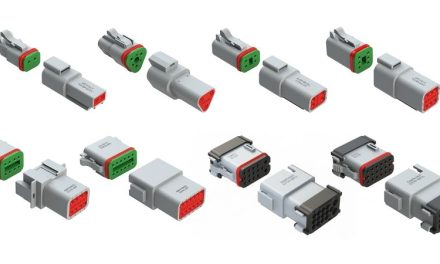A new High Dynamic Range system simulation model for handset Envelope Tracking applications has been unveiled.
Jointly developed by OpenET members, Nujira and the University of Firenze, the solution makes it easier for designers to identify sources of noise and distortion and to make the necessary design tradeoffs.
The model is suitable for use by chipset designers, PA vendors, filter manufacturers and handset OEMs, and is being released to members of the OpenET Alliance for download from www.open-et.org.
System simulation capability is particularly important in Frequency Division Duplex (FDD) systems, such as the 4G LTE standard, where the transmit and receive paths are operating simultaneously.
Multiple noise and distortion mechanisms in the transmit path can feed into the receive path, and can result in reduced receiver sensitivity.
Envelope Tracking introduces new digital and analogue paths, which can contribute to the system noise budget.
With so many interactions and co-dependencies to consider, comprehensive system simulation is the only viable way for the designer to make the necessary system tradeoffs. However, PA models based on captured data have typically suffered a ‘noise floor’ of around -90 dB.
The (HDR) PA simulation model solves this problem. Instead of interpolating between measured data points, the HDR PA model uses an algorithmic representation of the PA behaviour to generate a continuously variable output, eliminating measurement noise and quantisation errors.
This mathematical modelling approach enables a simulation environment with almost 150 dB of dynamic range.
OpenET Alliance



